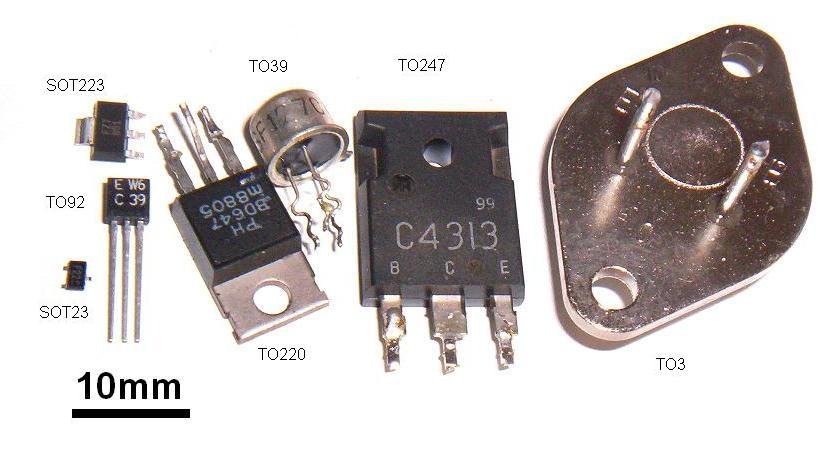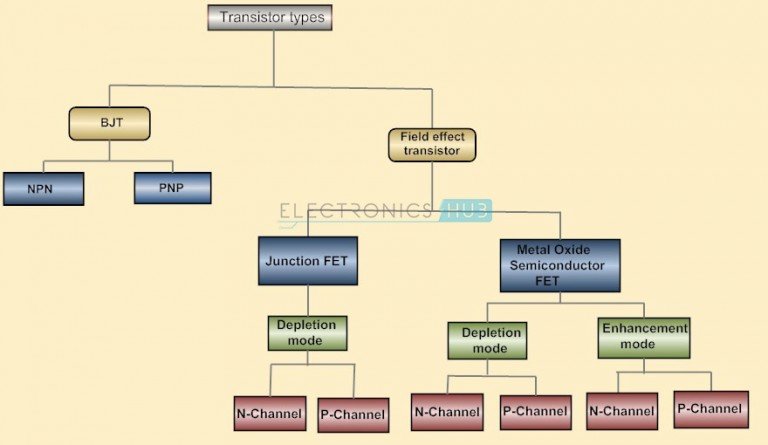Welcome to Things in Our Stuff!

If not for the thing I'm featuring in this issue, you won't be reading any of this.
Today, I will share about the fundamental building block of modern electronic devices - the transistor. Transistors can be found on your mobile phones, calculators, computers, digital and smart watches, music and media players, radios, televisions, cameras, game consoles, and any other electronic devices. The device you are using to read this now has millions, if not billions of transistors inside.
What is a transistor?
A transistor is a semiconductor device used to amplify or switch electronic signals and electrical power. It is composed of semiconductor material usually with at least three terminals for connection to an external circuit.
The first working transistor was invented at Bell Laboratories in 1947 by American physicists John Bardeen, Walter Brattain, and William Shockley. Since then, transistors revolutionized the electronics industry and paved the way for smaller and cheaper radios, calculators, and more powerful computers. It replaced the fragile triode or vacuum tubes which consumes more power.
While billions of individual discrete transistors are still being produced, most of transistors today are built in integrated circuits also known as IC, microchips, or chips. The main system-on-chip of Xbox One has 5 billion transistors and a GV100 Volta GPU has 21.1 billion transistors inside. A 128 GB DRAM built by Micron is composed of more than 137 billion transistors.
 assorted discrete transistors, Wikipedia
assorted discrete transistors, WikipediaThe most common types of transistors are the Bipolar Junction Transistors (BJT) and the Field Effect Transistors (FET).
 Transistor Tree Diagram, electronicshub
Transistor Tree Diagram, electronicshubBipolar Junction Transistor (BJT) has two main types, NPN and PNP. Field Effect transistors (FET) has two main types too: the junction gate field-effect transistors (JFET) and the metal-oxide-semiconductor field-effect transistors (MOSFETs).
So why are transistors so important?
Because transistors can be used as an amplifier, or as a switch, or both.
As an amplifier, it can amplify a weak signal or current to generate stronger output. With the help of transistors, a weak sound captured by a microphone (input) can be amplified to a very loud sound using powerful speakers (output). Your earphones, for example, are built with transistors that control the volume of whatever sounds you want to listen to.
In digital circuits, transistors function as electronic switches which can either be in "on" or "off" state. In computers, all information are either stored as 1 or 0 with 1 as the on and 0 as the off. With these informations, a group of transistors can be made into a logic gate that can process information to make logical decisions. Today, a microprocessor containing billions of transistors (MOSFETs) can process and store tons of data. Remember that 128 Gb RAM I mentioned earlier? It was made possible because of transistors.
Transistors remain to be the key active component of any electronic devices not only because of its ability to amplify or switch electronic currents but also because of its practicality, flexibility and reliability. Today, transistors can be massively produced at very low per-transistor cost making electronics more affordable.
